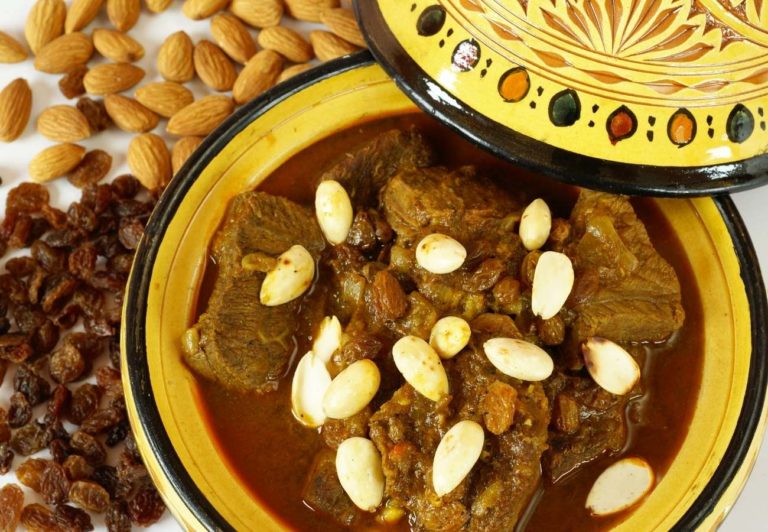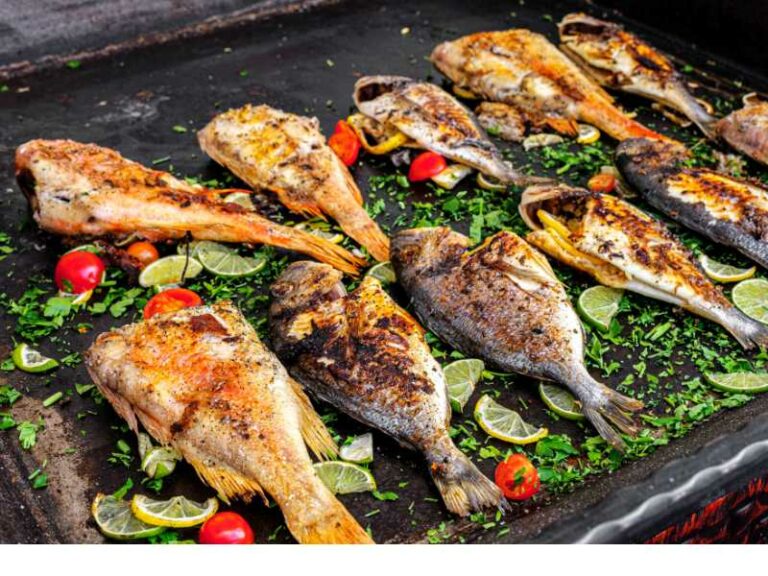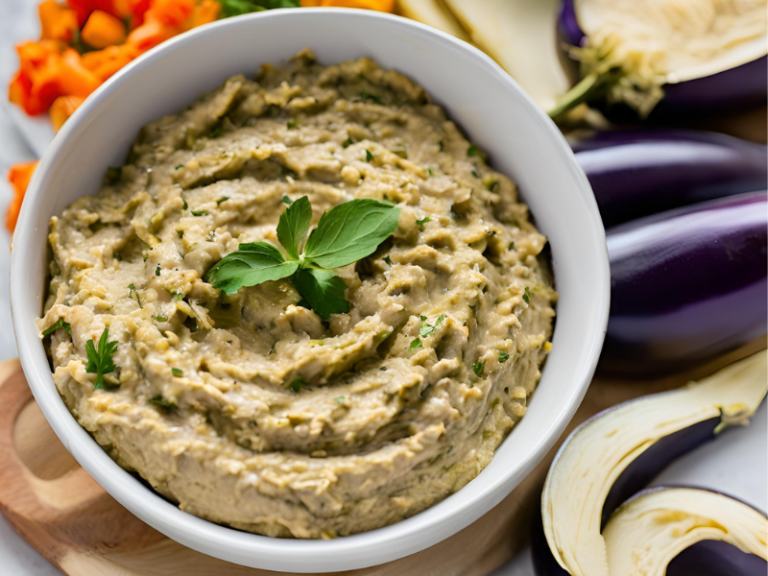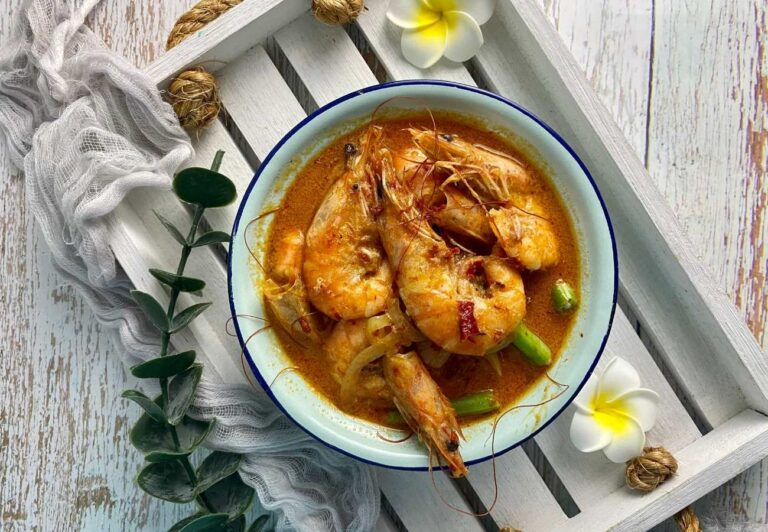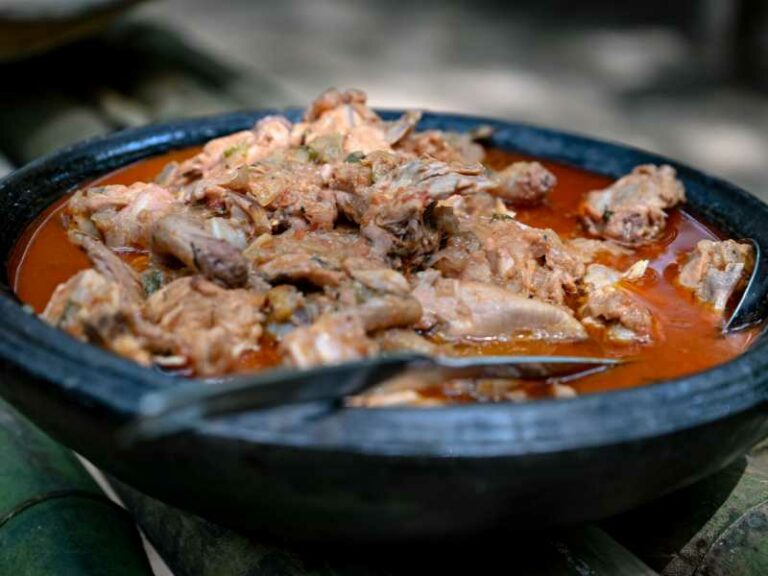Burundian Food: 7 Traditional Dishes of Burundi
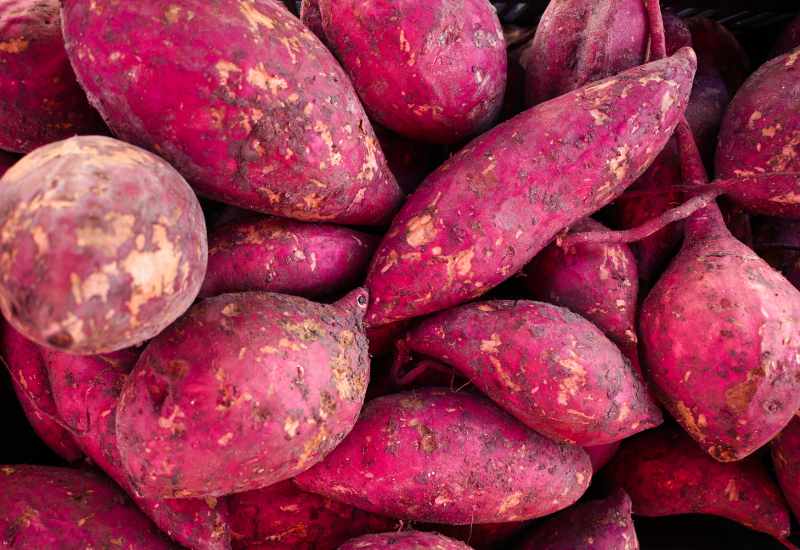
Burundi, officially the Republic of Burundi, is a country situated in the Great Rift Valley at the intersection between the African Great Lakes area and East Africa. It is surrounded by Rwanda, Tanzania, Lake Tanganyika and the Democratic Republic of Congo. The country is known for being rich in national parks and reserves.
The population of Burundi comprises several ethnic groups including the Hutu, Tutsi, and Twa peoples. The country’s cuisine is fairly diverse; however, it varies from urban to rural areas.
The main ingredients grown in the country include coffee, tea, maize, beans and manioc. Exotic fruits (especially bananas), sweet potatoes, maize, cassava, plantains, peas, and cereals, such as wheat and corn, are also widely produced in the country.
Beans are known to be a culinary staple in Burundi. The food of the country is inspired by the Belgian, French, Greek, Chinese, Indian and Thai cuisines.
Ubugali
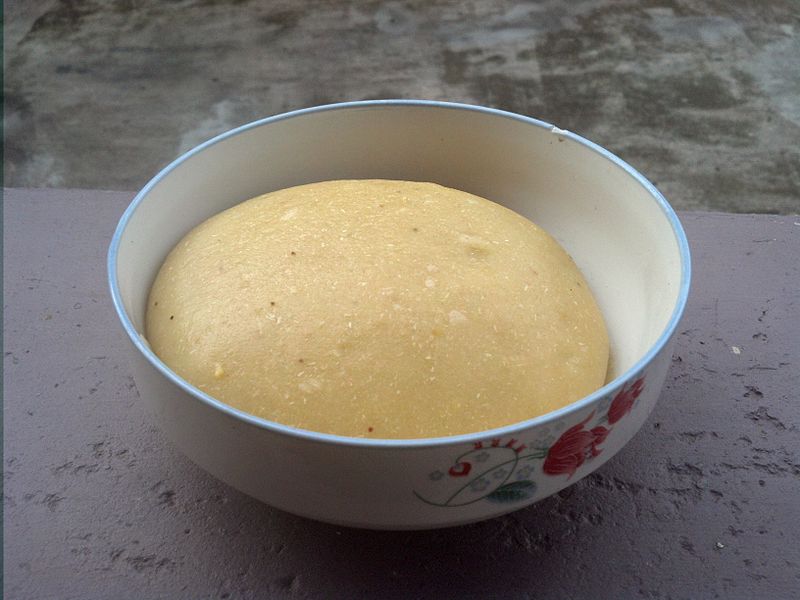
Ubugali is a kind of firm maize dumpling or bread, similar to fufu, that is a staple dish eaten with many meals. The dough can be prepared using several plants, like cassava, sorghum, and many others, but the one that is widely consumed is prepared using maize. It is widely consumed all across Sub-Saharan Africa.
Ubugali is prepared by heating some water in a deep pan, adding about 1 tbsp of maize flour, and then allowing the water to come to a boil. It pairs well with some beef stew and renga renga.
Renga Renga
Renga renga is a stew that resembles spinach stew, but has a stronger flavor. It is prepared by boiling the leaves first and then combining them with ingredients including green onions, mint, tomatoes, palm oil, black pepper, and salt. To enhance the taste of renga renga, people can also be seen adding dried minced fish meat.
Mukeke
Mukeke is a type of fish that can only be found in Lake Tanganyika. It is widely popular as the most ‘luxurious’ traditional food. However, mukeke has become increasingly rare, expensive and exclusive for the rich because of the privatization of fishing regions.
Mukeke can either be roasted, grilled or boiled, depdending on preference. Grilled mukeke goes well with white onions and uburobe.
Amateke
Amateke is a dish prepared using taro root. They are made with several other ingredients, such as white eggplant, tomatoes and leeks.
Taro is basically a perennial plant containing tuberous rhizomes, having its origin in Asia. Not long after being introduced in the country by the end of the 19th century, it was readily accepted by the locals.
Isombe
Isombe is a dish prepared using cassava leaves. It is prepared by chopping the cassava leaves first and then adding them to boiling, salted water. They are allowed to boil for about two hours on a high flame. Other ingredients, such as bell pepper, zucchini and eggplant are chopped and then fried for a minute or two in a little oil so they release their fragrance.
The drained cassava leaves with some water, salt and a little bit of chili pepper are then added. Finally, the dish is covered and allowed to cook for approximately 15-20 minutes, until the eggplant is completely prepared. It is usually accompanied by rice.
Uburobe
Uburobe, also called ubuswage, is a dish prepared using cassava flour (dried in the sun and then crushed into a powder). A dough is prepared by combining this flour with water, which is later covered in banana leaves.
It can be eaten on its own or accompany it with a meat soup, beans or avocado. Uburobe is known to be an extremely cheap dish, and it can be stored for almost a month without being refrigerated.
Indagala
Indagala are basically tiny fish generally found in Lake Tanganyika. People often eat it as a side dish. However, one can also eat is as a main dish (typically deep fried, making them extra crispy). To enhance the flavor, some people also add ringed white onions soaked in hot water, lemon and vinegar.
Indagala is rich in flavor as well as a great source of protein and iron.
Ibijumbu (Sweet Potatoes)

Sweet potatoes can be found in several different colors (such as yellow, red, and white) and in different varieties throughout the country.
They are heavily consumed during the dry season as the plant can survive long periods of drought. In Burundi, sweet potatoes are most commonly boiled and accompanied by beans or rice or grilled and served with spinach. They are packed with energy and fiber.
Beans (Ibiharage)
Beans are a staple ingredient of Burundian cuisine. All the people in the country can be seen consuming beans on average once a day, and it is known to be a food that has transcended the concept of social classes.
They are prepared by simply boiling them in a pot for about 1-2 hours.
Agatoke
Agatoke is a plantain-based dish that is widely consumed all across Africa and the Caribbean, prepared by either boiling plantains or frying them in oil. Other ingredients added to the dish include amaranth, red onion, celery, eggplant, leeks, tomatoes, garlic, indagala (a small fish consumed whole), and green pepper.
There are numerous variations of agatoke, including ones that include peas or spaghetti.

